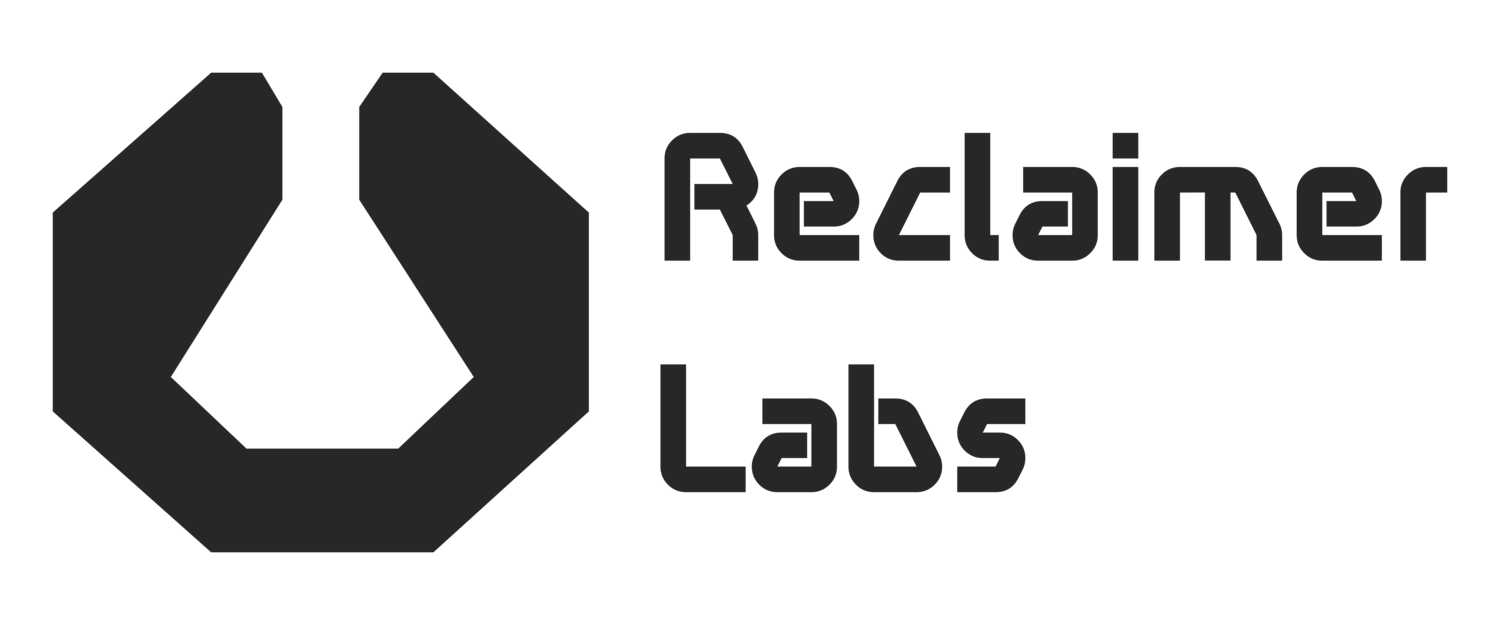LEDs Part 1
In this post, I'll go over the LEDs I selected for the seven-segment display.
While designing these initial prototypes, I have been keeping in mind that the design needs to be straightforward to manufacture. I've also been considering the overall system design, especially the mechanical assembly of the final clock. The LED selection had a lot to do with that. Digikey has 19,037 options for discrete LEDs. Here's how I narrowed it down to one.
Let me start by mentioning that RGB LEDs, like the Neopixel, are cool. However, they are overkill for this product. They are also expensive and less available than single color LEDs.
The first way I narrowed the search was selecting only reverse mount, surface mount (SMD) LEDs, which Digikey calls "Surface Mount, Bottom Entry." This choice was important to the system design in two ways. Firstly, keeping all parts on the same side of the board is much cheaper for assembly. Double-sided boards require two trips through a pick-and-place machine and the reflow oven. Depending on the process, adhesives have to be used on the first side. This procedure adds complexity and cost to the final product. Secondly, reverse mount LEDs allow for a smooth front surface to mount both the diffusers and wave guide material. I want that part of the design to be very flexible and easy so users can make their own guides.
The second way I narrowed the search was selecting only blue LEDs. The brought the results down to 34. I wanted a blue clock, but I chose blue for another reason. Blue is a difficult LED color (difficult enough to win researchers a Noble Prize). Blue LEDs require the highest voltages, which means that, if blue LEDs work, lower-voltage LEDs, such as green and red, should also work. I'm also interested in a manufacturer that has a family of similar LEDs that differ only in color. Because of that feature, if I want to make variants of the segments with different colors, I can use the same boards and just swap out the LED part.
After further narrowing the search to cut tape packaging and in-stock items, there were only six results. Cut tape is important because I want small quantities for prototyping but reels for manufacturing. I have assumed that, if cut tape was available, I can also get the product in reels, but I will double check my final selection later.
At this point, any of the LEDs would work for prototypes. The next two columns I looked at were unit price and quantity available. If I make 500 boards with 22 LEDs per board, I'll need 11,000 LEDs. Digikey now lets you sort by price at a quantity. At production quantities, the Lite-On LTST-C230TBKT blue LED stood out as less than half the cost of the second least expensive option. It also had the highest quantity available, at over 51,000 in Digikey stock.
In my next post, I'll go over my process for double checking my LED selection.

